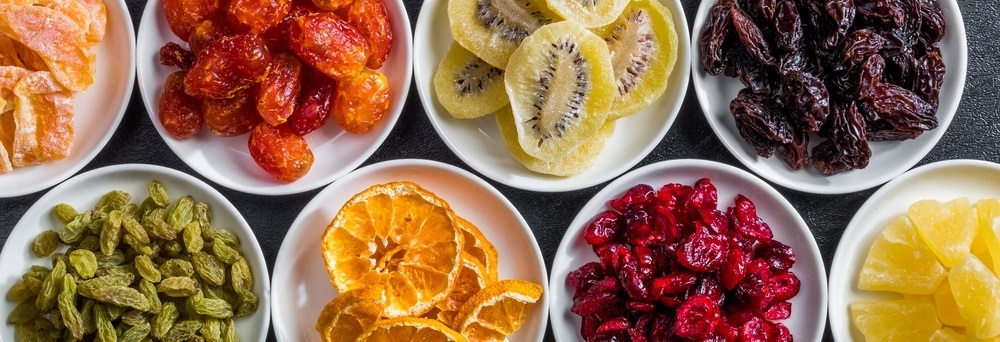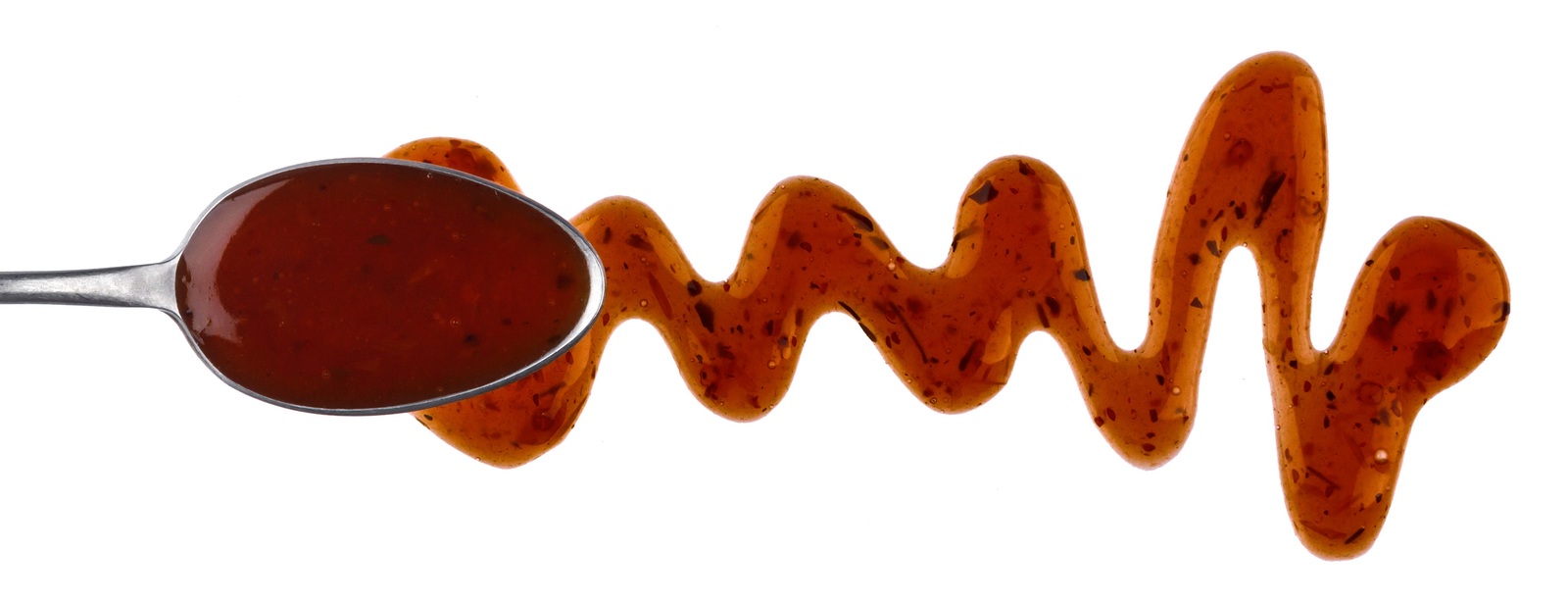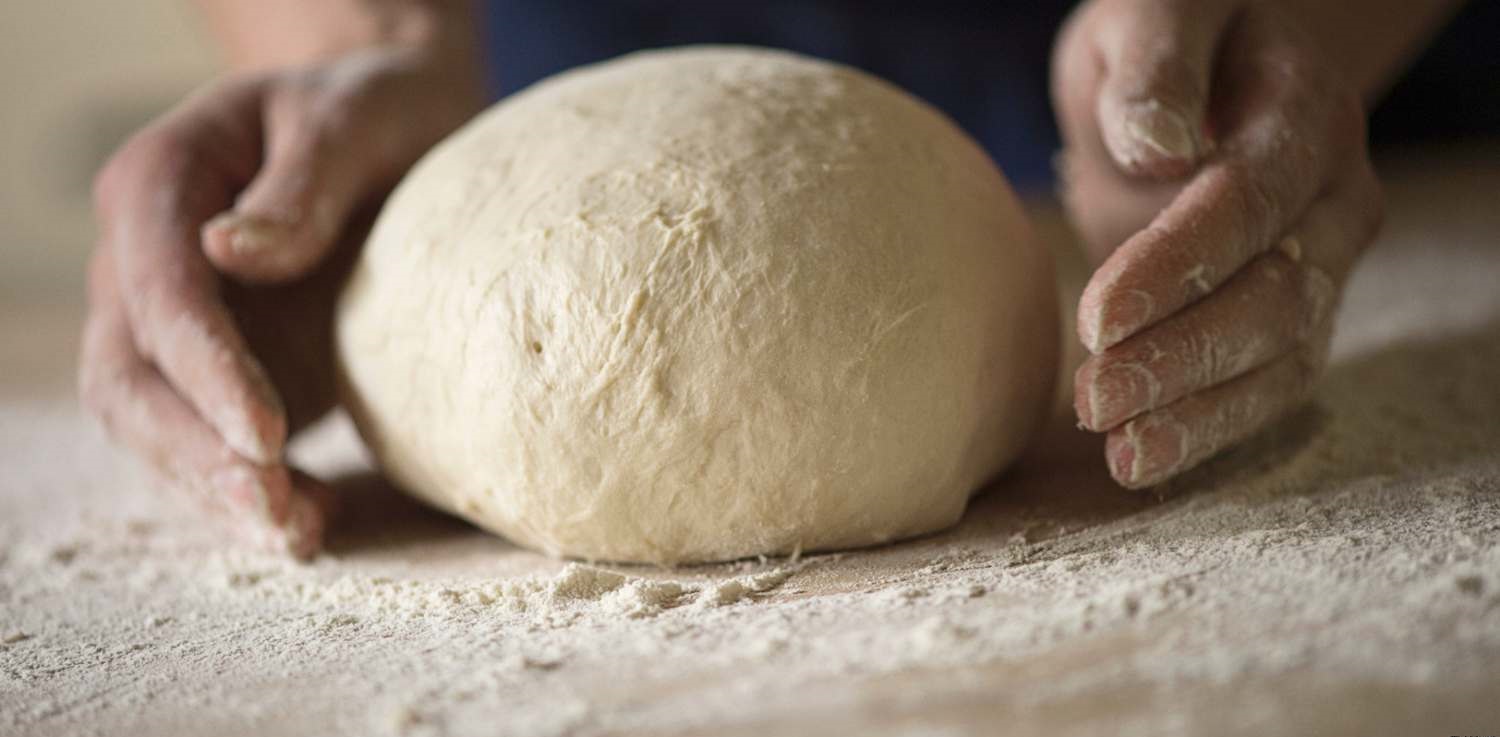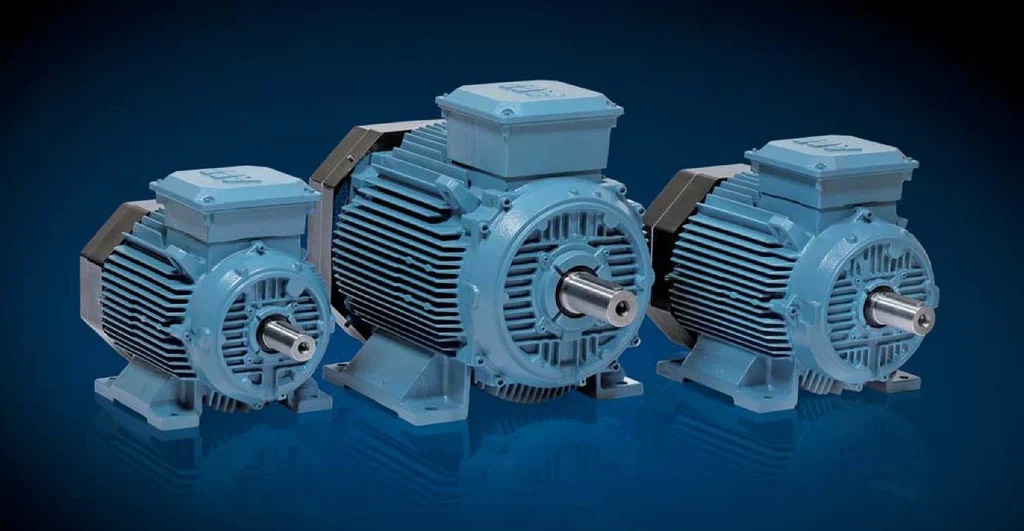Vacuum cooling┬Āhas found extensive use in the food industry, particularly prevalent in the bakery sector. The fundamental principle of vacuum cooling revolves around the evaporation of moisture (water) within the product at a pressure that is below atmospheric. This is achieved by reducing the temperature, effectively lowering the boiling point of water. Following thermal processing, the product not only maintains an elevated temperature but also retains hot liquids within itself.
Vacuum cooling serves multiple functions simultaneously:
- During the vacuum cooling process, the product undergoes after-baking, which involves additional evaporation. This results in the removal of secondary steam from the surface and pores of the product, leading to rapid cooling.
- Rapid product cooling.
- Adjusting the depth of the vacuum allows for controlling product characteristics. In the case of vacuum cooling of bread, variations in residual pressure, whether high or low, influence the crumb and crust. This adjustment is crucial, as it enables the achievement of specific crust texturesŌĆösome products benefit from a crispy crust, while others require a soft crust.
There are several categories of vacuum cooling benefits:
During production
- The presence of a vacuum cooler enables a 90% reduction in the area required for product layout on the working surfaces while using the convective method during production, with no need for spiral cooling towers during continuous production.
- Reducing the energy consumption for baking at least by 40%, this is attributed to the after-baking process occurring inside the vacuum coolers rather than traditional ovens or convection ovens.
- Vacuum cooling contributes to a 40% increase in productivity. This is achieved by reducing both the time required for thermal processing of products (cooking, after-baking) as well as the subsequent cooling period.
These advantages primarily appeal to large industrial enterprises. However, vacuum cooling offers numerous benefits that are equally relevant to family-owned bakeries and small food processing businesses, particularly in terms of enhancing product quality.
As "Groceries"
- Practically every bakery product manufacturer recognizes the transformative impact of vacuum cooling on bread, yielding a fluffy and voluminous texture that enhances consumer appeal compared to conventional convective cooling methods.
- The benefits of vacuum cooling extend beyond appearance. For instance, after vacuum cooling sushi rice, it acquires a sweeter taste and a richer flavor profile. Notably, vacuum-cooled rice undergoes a form of "cold" thermal processing, preserving its unique taste and enriching it without compromising its useful and organoleptic properties.
- Furthermore, products subjected to vacuum cooling exhibit increased resistance to mold, effectively extending the shelf life. An additional advantage lies in the elimination of potential product contamination during the cooling stage under atmospheric conditions. Vacuum cooling not only serves to cool the product but also acts as a form of "disinfection," removing water, steam, or air containing various pathogens from the product.

















